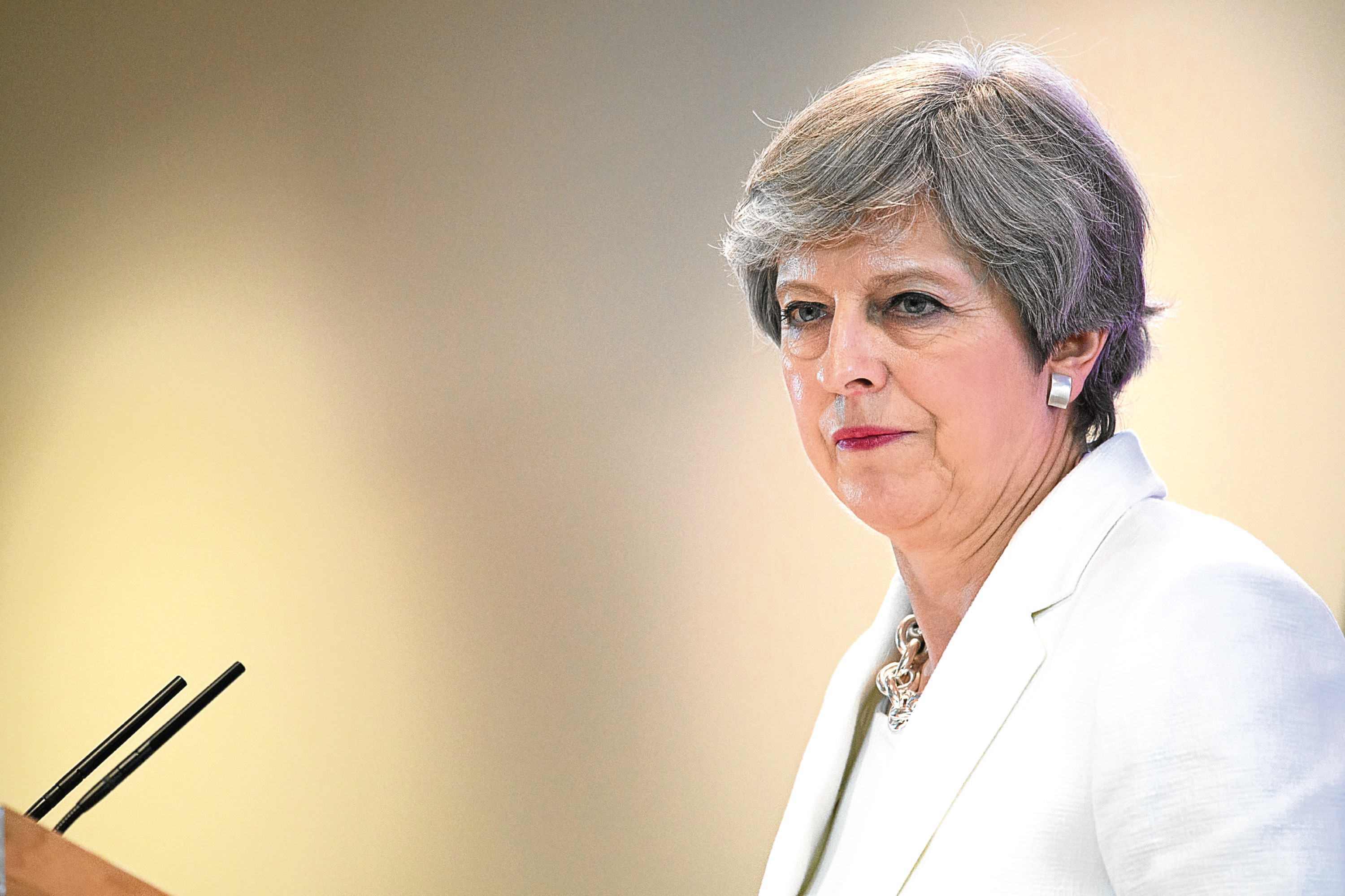
A year ago almost to the day, I was sitting in my Manchester hotel room after a mammoth overnight shift at the EU referendum count, trying to analyse the result.
“What a difference a day makes,” I wrote, which remains true.
That decision set the UK on a dramatically changed course.
But in one sense, we are more or less exactly where we were.
Twelve months on, we know little more than I did on that exhausting morning in the north-west.
Yes, Article 50 has been triggered and the negotiations are finally under way, just.
But we’re not really any closer to learning what the Brexit deal will look like.
For a while things did seem a bit clearer after Theresa May announced the UK would leave the single market and bring an end to free movement of people.
And the eight Brexit bills in this week’s Queen’s Speech suggest that is still the Government’s intended course.
Yet, changed circumstances mean the Prime Minister is no longer in the position she was, her hand significantly weakened after her snap general election gamble failed.
Clearly she was never going to be in full control in a 28-way game. But now at the helm of a minority administration, Mrs May does not only have to contend with the EU, she has been forced into backroom dealings with a Democratic Unionist Party determined to flex its political muscle.
Amid demands for additional investment in Northern Ireland, party sources have also taken aim at the lack of “negotiating experience” on the Tory side, a dig perfectly timed to coincide with the start of play across the Channel.
Moreover, there’s also pressure from an emboldened Labour party, and her own back benches. On top of that, the SNP has indicated it could demand a seat at the Brussels table in return for ensuring the Scottish Parliament does not disrupt Mrs May’s plans after she confirmed the key repeal bill might require a legislative consent motion.
While not a veto, such a situation would risk a constitutional clash.
So, although the Conservatives have repeatedly emphasised it is a UK negotiation, allowing representation is a potential way of smoothing the path.
Could we see Angus Robertson, still SNP deputy leader, re-enter the political fray as part of a delegation led by Mike Russell?
As for the talks themselves, the EU secured an early win after British negotiators capitulated to European demands for a phased approach – despite threats by David Davis to turn the issue into the “row of the summer”.
It means discussions on free trade will be parked until the so-called divorce bill has been settled.
And while European leaders have cautiously welcomed the PM’s outline proposals on the rights of EU nationals, this is likely to be much more challenging, as is the question of the Irish border.
All we can say with any real certainty is that this is going to be a long, drawn-out process.

Enjoy the convenience of having The Sunday Post delivered as a digital ePaper straight to your smartphone, tablet or computer.
Subscribe for only £5.49 a month and enjoy all the benefits of the printed paper as a digital replica.
Subscribe